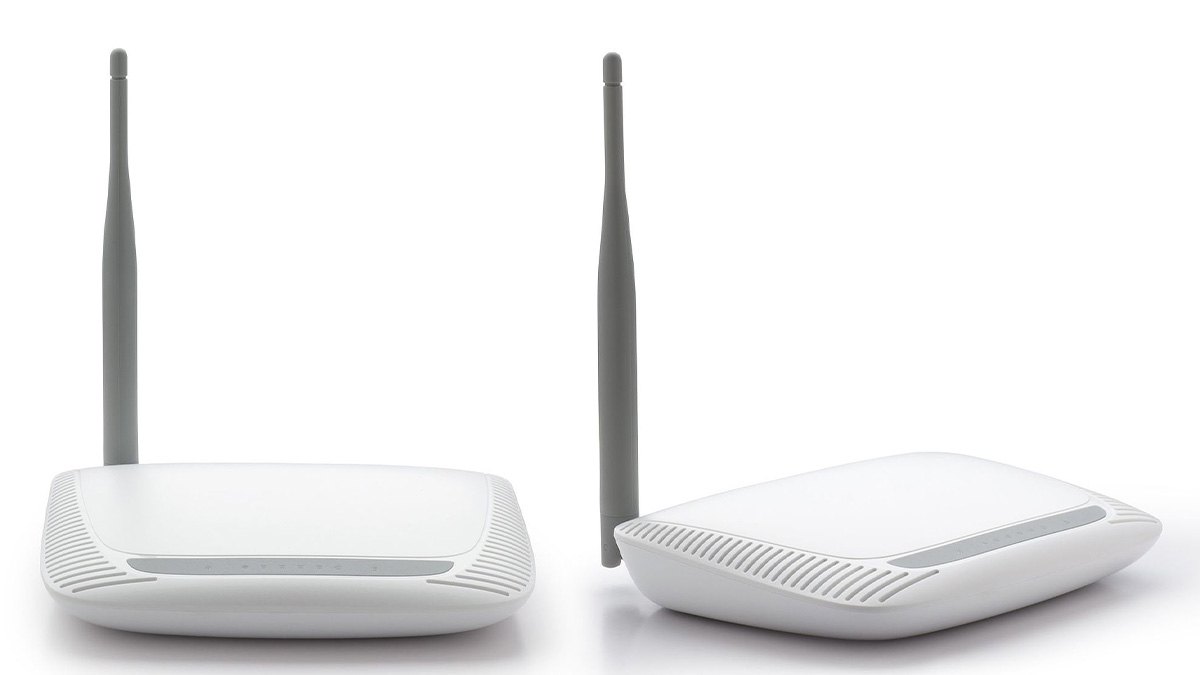During the first half of 2022, the consumer electronics market has been affected by changes in home economic practices, the epidemic in China, international tensions, and high inflation. On top of this being the traditional off-season, the demand for items such as PCs, laptops, TVs, and smartphones has cooled significantly.
With the demand for consumer electronics decreasing, downstream distributors have gradually decreased their sales targets and purchases for this year. On the other hand, the demand for ICs for automotive vehicles, the Internet of Things, and large database server related products still remains high.
Wafer
During the first quarter of this year, in response to the backlog in delivery of semiconductors, overall wafer OEM production remained at full capacity, especially for mature process (14~180nm) components. Looking forward to the second quarter, the lower demand for consumer products, continued tension in the international situation, and the recent spread of the epidemic in China will offset the limited capacity of wafer production.
Server
Due to the continuous increase in demand for ultra-large data centers, the demand for ICs to power these servers has increased sharply. This has led to delays in supply with the delivery time for LAN IC/chips being about 40 weeks, but production is slowly increasing to meet demand. With the improvement of material supply, server shipments in the second quarter will increase significantly. It is estimated that production will increase by about 15.8%
Smartphone
Affected by sluggish seasonal demand, the Russian-Ukrainian war and high inflation, the market demand has cooled, and the supply chain material delivery situation has eased compared with the second half of last year. Although some components are still in short supply, they are mostly concentrated in low-end and mid-end smartphone products. In particular, the delay in the delivery of 4G SoCs is relatively obvious. The delivery time is about 30 to 40 weeks. Due to limited capacity planning, the market demand for low-end and mid-range mobile phones has not been met since last year. It is followed by A+G sensor with a delivery period of about 32~36 weeks, and OLED DDIC and Touch IC in 20~22 weeks. The production volume of smartphones in the second quarter will be affected by the interaction of the above factors. The estimated output is 316 million units, with a quarterly growth of only 3%, which is lower than the performance of previous years.
Notebook
Also affected by the weakening demand in the terminal market, except for client SSDs, which are not among the long-term materials, Type C IC, Wi-Fi and PMIC delivery time is still long, and Type C IC is the longest at 20-25 weeks. With the supply chain supply continuing to improve, it is estimated that shipments of notebook computers (including Chromebooks) in the second quarter will be approximately 55.1 million units, down 0.7% quarter-on-quarter.
Multilayer ceramic capacitors (MLCC) Passive Components
With the demand for major consumer electronic products such as mobile phones, laptops, tablets, and TVs declining significantly in the first quarter of 2022, MLCC inventory levels are high, and this situation may continue into the second quarter. The driving force for increased MLCCs demand has been vehicle and industrial applications and database servers. During the second quarter, with MLCC demand increasing, semiconductor IDM factories will gradually increase their production capacity for ICs. Car and industrial-grade MLCCs will become the main growth drivers in the second quarter. Japanese manufacturers Murata, TDK, Taiyu and Yageo will be the main beneficiaries, and MLCC suppliers in Taiwan, South Korea and China will focus on these markets.
Looking forward to the second quarter, the demand for consumer products will remain weak. Components will continue to face severe price challenges due to the imbalance between supply and demand. The Omicron epidemic in China and the mandatory and sudden closure and control measures under the zero-clearing policy have caused local manufacturers to face multiple and complex supply chain problems detrimental to market performance. There will be a transition to allocating more resources to production of products with stronger demand.





.jpg)








